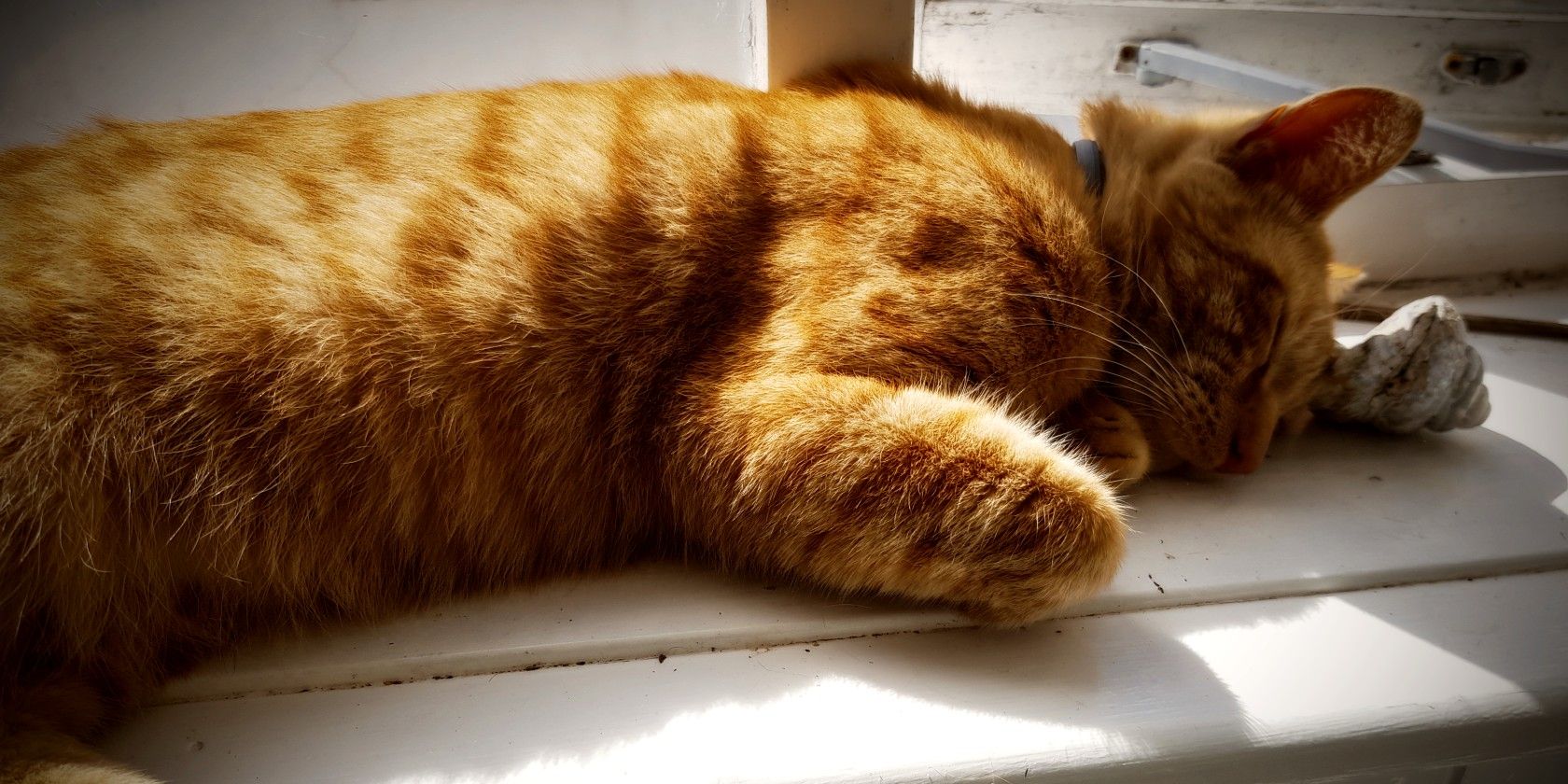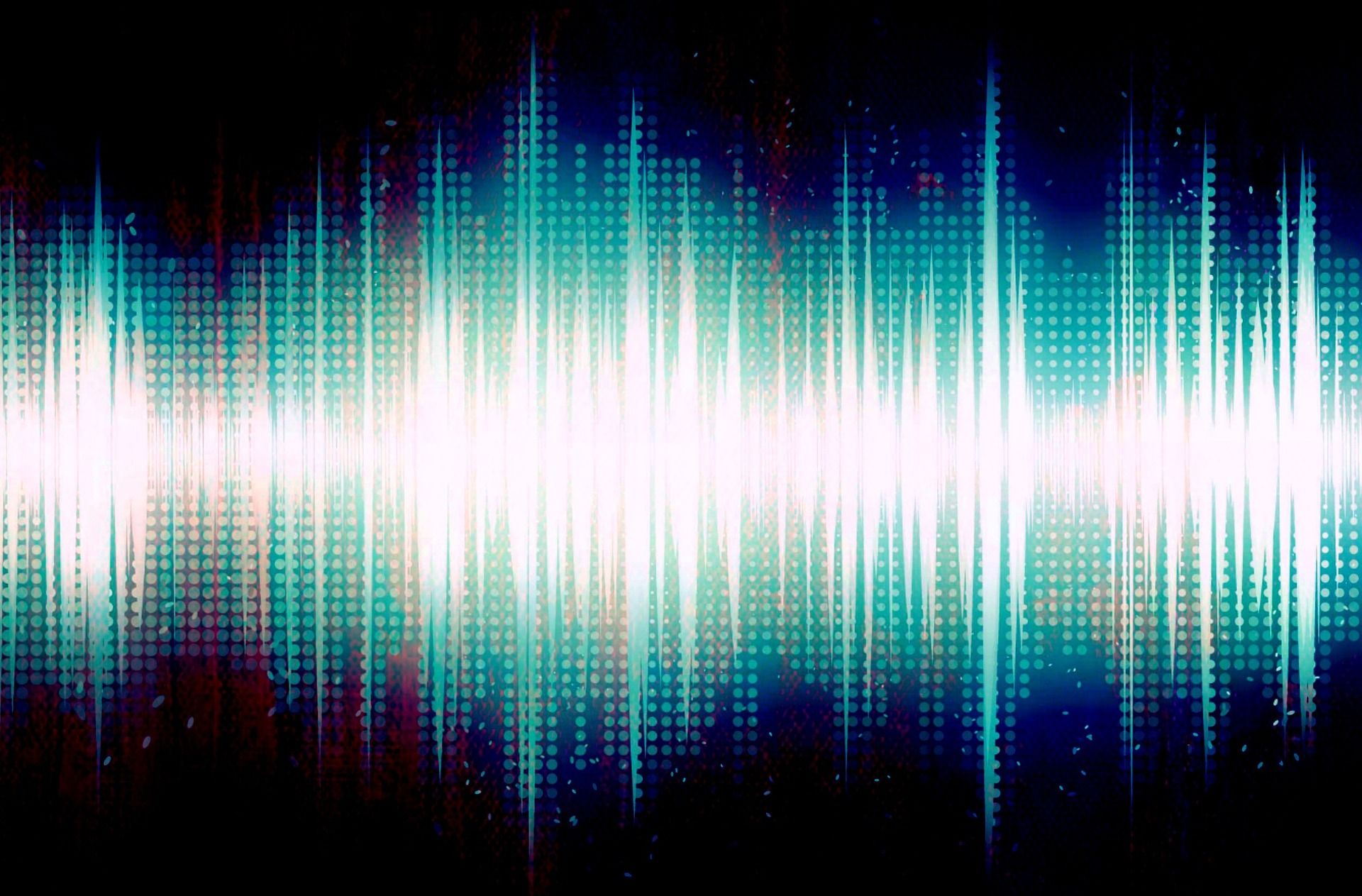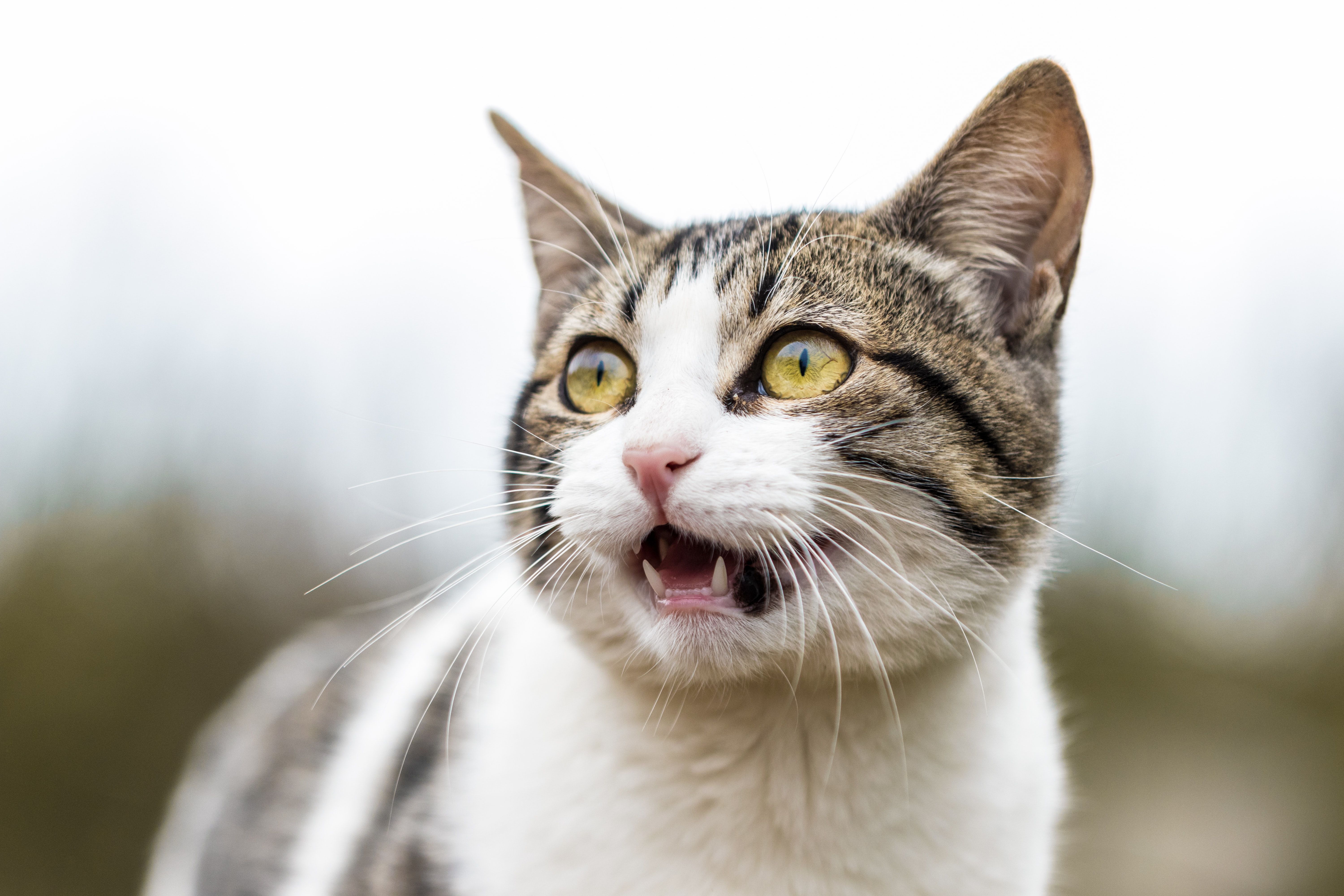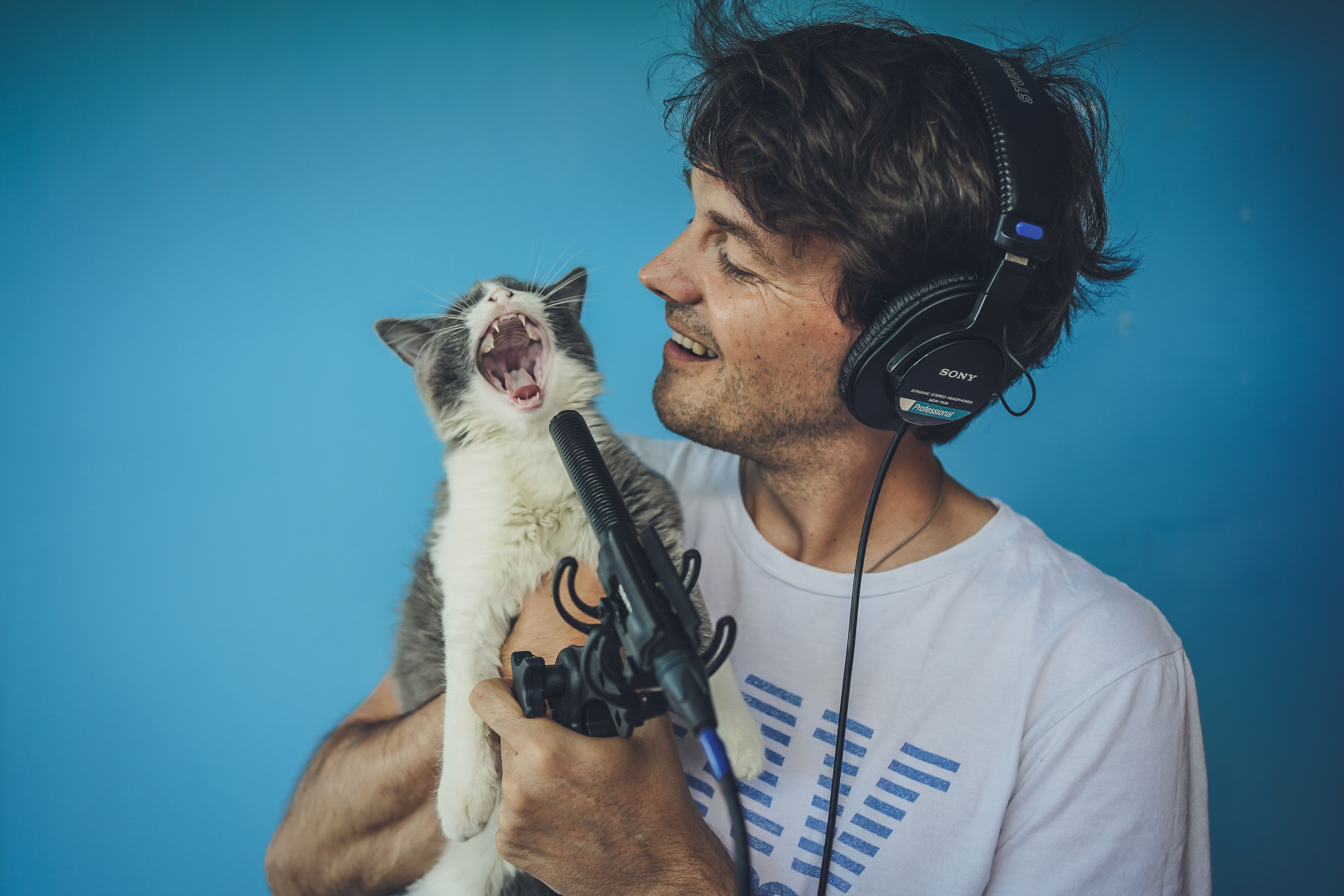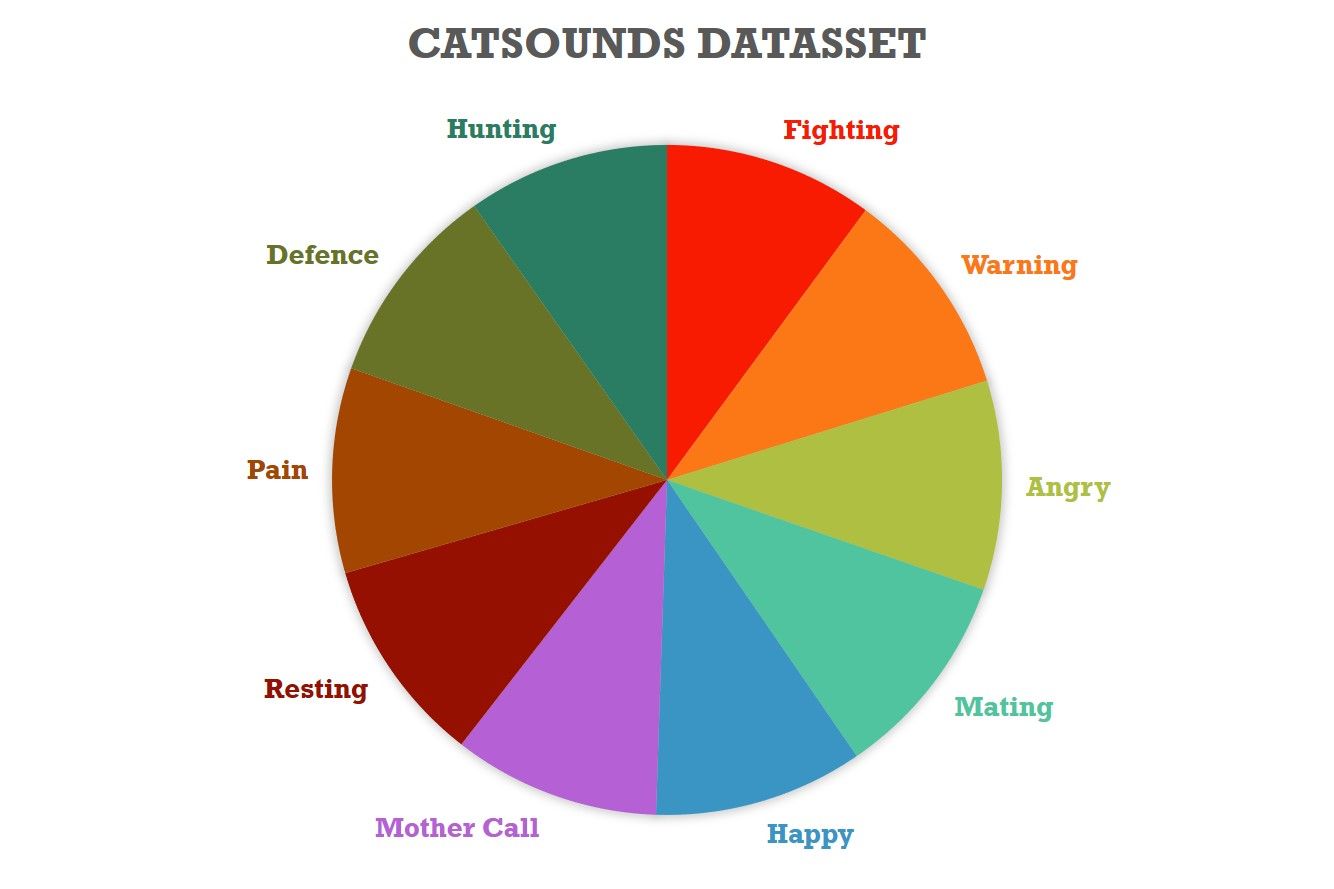You've probably seen apps that claim to translate what your cat is saying. But can they really translate your cat's meow into English? The short answer is yes, sort of. It's difficult because of how unique each cat's "language" is, but they can get pretty close with modern technology.
Cat translation apps like MeowTalk use a form of speech recognition that emphasizes machine learning. Let's look closer.
Speech Recognition and Machine Learning
Speech recognition works by recording speech and turning the audio into a digital data file. It encodes data such as pitch and volume as data points that the app can analyze and match with meanings. DPA Microphones explains that these data points can look very different depending on the background sounds and how a word is spoken.
We sometimes take voice recognition for granted, but it's an incredible feat of technology. Especially considering how complex human speech is. As The Scientist explains, each word involves a wide range of sounds or "phonemes" blended into each other. Getting a computer to understand speech is very difficult. The new frontier of cat sounds will be even harder.
Apps that use speech recognition are programmed with a "vocabulary" of words called a dataset. The app then matches your speech to the closest option in its data-vocabulary.
When it makes a mistake, you correct it, and it saves that data for next time. This is part of machine learning. It's how a program learns to recognize speech even when it's not identical to the dataset that it started with.
Voice recognition still has problems, especially with speech impediments and accents. Some companies are improving machine learning to overcome these issues, though. Over time, machine learning can turn speech recognition into a powerful tool.
That's how speech recognition works for humans. But does it work for cats?
Speech Recognition vs. Meow Recognition
First, we need to understand why translating a certain kind of meow as "I'm hungry" is different from analyzing human speech. The problem is mostly that cat communication relies more heavily on nonverbal cues like posture. Another problem is the absence of a universal "cat language."
According to the ASPCA, adult feral cats never meow at each other, only at people. Other research by the Humane Society adds that those sounds "don't occur in a vacuum." We must interpret them alongside body language and other contexts. In many cases, these silent signals are the only difference between a meow that means "I'm hungry" and one that means "I want to play."
Adding to this problem, no two cats have the same language. Cats develop personalized "languages" for their owners. These are partly based on imitation of the owner's voice and partly on the cat's personality. No two cats sound the same, even when conveying the same want or need. So how can one app's speech vocabulary translate for all of them?
Flexible Machine Learning for Cats
Although a few virtual assistants like Oto attempt to understand tone and emotion, speech recognition is still terrible at nonverbal signals. But that doesn't mean it's impossible to interpret them.
MeowTalk uses a more flexible kind of machine learning to help overcome these issues.
Download: MeowTalk for Android | iOS (Free)
Meowtalk was created by Javier Sanchez, who also worked on the Alexa team. He imagined the app as a step towards smart collars. These collars would translate cat sounds into human speech, drawing on complex machine learning strategies to help humans better understand and care for their cats.
The MeowTalk team compensated for uniqueness issues by creating more specific profiles for each cat. In the app, you register each cat separately. Science Norway reports that kittens meow differently than adult cats, so the app also asks for the cat's birthday. Each profile generates a unique data network for the cat, incorporating a bit of deep learning into the machine learning.
For vocabulary, MeowTalk starts with 10 sound profiles in its dataset. Each has a different meaning attached, like "happy" or "hunting." When the app hears a sound and gets it wrong, you can either correct it or create a new interpretation.
Correcting tells the app to replace the base vocabulary with the new sound.
For instance, you can tell the app to match "Hunting" to short chirps instead of a long yowl. This kind of correction is more useful than adding multiple sounds to match with one meaning the way speech recognition doe, which would be like telling the app that a long yowl and short chirps both mean "Mother Call."
Machine learning in speech recognition apps usually resists this type of overwriting. It would be like trying to teach Siri that when you say "technology blog," you really mean "pear." But the more flexible form of machine learning that MeowTalk uses can handle this correction more easily.
Creating a new interpretation adds a meaning that wasn't previously encoded. For instance, if your cat has a specific call when she wants her favorite toy, you can add "I want my mouse" as an option. It's similar to adding a word to your autocorrect dictionary.
Over time, you can develop a highly personalized speech profile for your cat. Eventually, it might even be sophisticated enough to be useful to pet-sitters or to solve behavioral issues. If nothing else, it helps cat owners become more attentive to their pets.
The Verdict: Do Cat Translation Apps Work?
In the end, "cat translation" still relies a lot on the user teaching the app how their cat talks. That will probably always be the case because of how unique each cat's communication is.
But the fact that machine learning has come so far that developers can even partially succeed at this is incredible. Machine learning and AI are advancing at breakneck speeds, and we can't wait to see where they go next.

